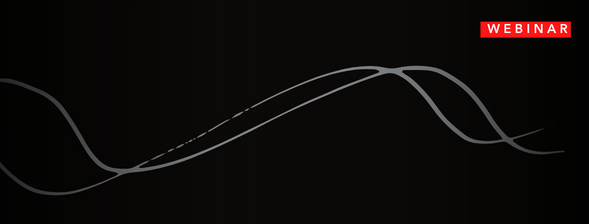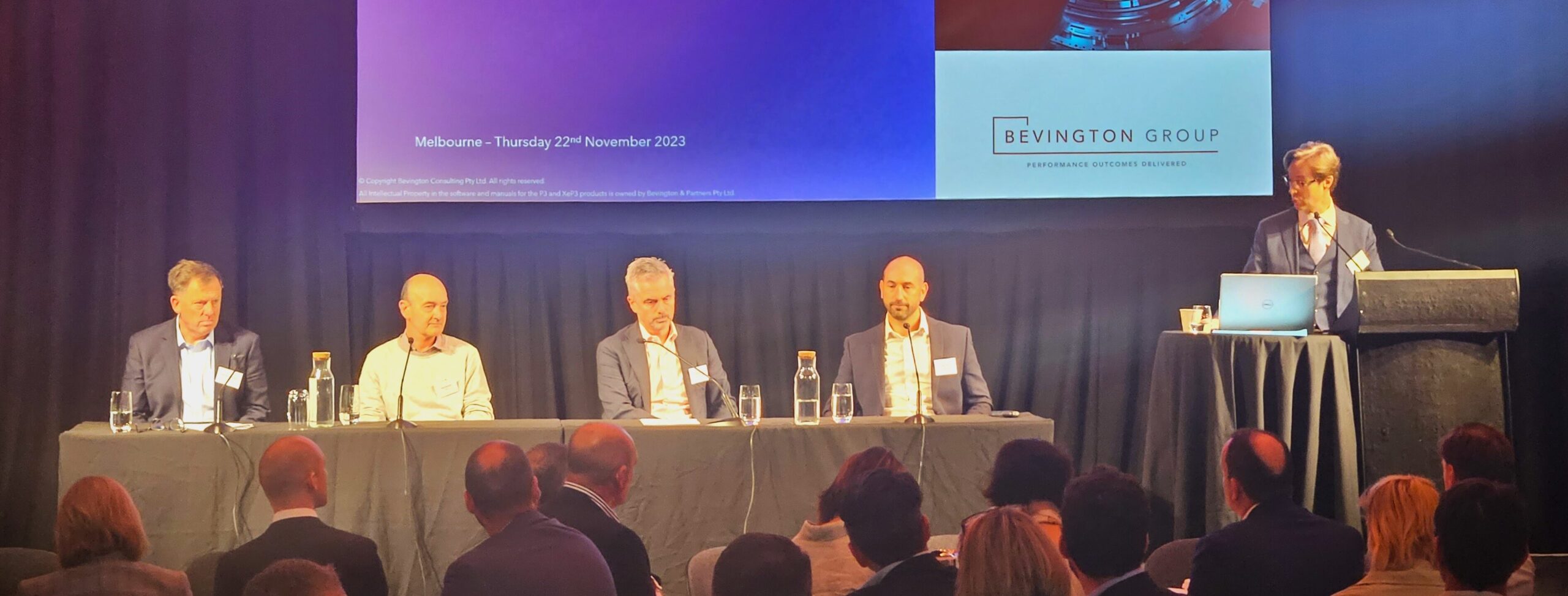Among the most commonly-used change and improvement methodologies are Lean, Six Sigma, Process Reengineering and hybrid methodologies.
This overview is intended to guide executive decision-makers through the advantages and disadvantages of each, and the particular circumstances in which they are best deployed.
Lean
What is it?
Lean methods have a focus on waste reduction and cycle time improvement. An end-to-end process view helps identify waste to be eliminated. The end result is a simpler process, where each process step adds value to the customers.
There are five key principles in Lean
- Specify value – the value of the product can only be determined by the end consumer
- Identify the value stream – this will expose waste
- Create flow – do not process large batches
- Enable customer pull – demand should pull the product through the value stream, meaning you produce only what the customer has ordered
- Seek perfection – continuously improve quality and eliminate waste
How do I do it?
Lean methodologies have several commonly used frameworks for example: single piece flow; targeting 8 forms of waste; Kaizen Blitz; 5S; and visual controls. Single piece flow is one of the most profound of the approaches taken by Lean. It presumes that creating large batches of products before moving them on to the next process step can create delays, and can reduce productivity. Essentially, Lean practitioners look for instances where batching up activity actually adds to the cycle time and ultimately damages customer service. In many instances it can be quantitatively demonstrated that costs, as well as service, can be improved through the reduction of batches or the flowing of products through a process one piece at a time. This equally applies to transactions as to physical product.
By flowing products though the process in single pieces rather than batches, the overall cycle time can be reduced. A cost improvement driven by a number of factors including:
- Lower work-in-progress;
- Earlier identification of errors; and
- Fewer enquiries.
When should I use it?
Lean methodologies can be applied to a broad range of projects, from manufacturing to service industries. Compared to other methodologies, there is generally a manageable investment in training and development (less expensive than other approaches). However, analytical techniques can be “lighter” than Six Sigma, there is less detail than process reengineering, and Lean does not have a rigorous approach to managing restructures.
However, organisations can expect simpler, more efficient processes and lower cycle times. This can occur quickly, particularly if managers will adopt change ideas without the full and robust quantification provided by other methods.
Success stories?
Lean methodologies were pioneered by Toyota, in Japan. They have since been adapted by other manufacturing enterprises, and in other industries such as finance and health. Indeed there are very few industries that have not embraced some Lean approaches. We have regularly observed cycle time improvements from 15% to 80% (depending on the health of the original process). Some of the most significant changes we have observed are in the financial services sector, but we have also seen very worthy improvements in other service industries, health and general government sectors.
Six Sigma
What is it?
Six Sigma is both the name and the goal: improve quality so that the error rate is reduced to 0.3 parts per million. The philosophy has two broad aims:
- Creating an in-house capability for quality improvement;
- Using this capability to rigorously analyse business processes to produce high quality products with minimal variations.
The causes of variation in performance outcomes are assessed, and ways found to effectively control processes.
How do I do it?
On a Six Sigma project, there are 5 well defined steps: Define; Measure; Analyse; Improve; and Control. In each step, a sophisticated set of statistical and qualitative problem solving techniques is applied to the problems. Each step has a specific objective, and the overall aim is to identify and remove the causes of variation.
Six Sigma does not traditionally have a rapid implementation focus, and results are delivered over a longer timeframe. Other implementation techniques may need to be applied in conjunction with Six Sigma to ensure benefits are fully realised.
When should I use it?
Six Sigma is best applied to high volume processes, where the consistency and quality is crucial in the end result. On smaller projects, the level of governance and statistical analysis can become costly overheads. It is often applied after Lean or process reengineering techniques have been applied to remove some of the more fundamental forms or waste.
A Six Sigma project is dependent on having highly qualified practitioners. Organisations aiming to develop this internal capability need to invest significant time and money in training staff. They also require a supportive management philosophy.
Success stories?
It is no surprise that Six Sigma arose in an industry where producing high tech products for a large market was crucial: the telecommunications industry. Motorola successfully developed and applied the techniques to the production of mobile phone. The methodology has been successfully applied in many other contexts particularly high volume process areas, such as call centres and back offices.
Process Reengineering
What is it?
Process Reengineering is a series of tools and principles to map processes and generate process improvements. The improvement can range from incremental to radical. Incremental change may involve standardising inputs, such as customer forms, while radical change looks at the underlying principles of the process, and how the process relates to organisational structure. Total process redesign can occur if the underlying process principles are changed.
Like Lean Methods, Process Reengineering looks at the end-to-end processes, however, a greater level of detail is collected. This is done to deliver effective role definitions as well as process improvement. Whereas Lean may capture dozens of steps, process reengineering will capture hundreds, sometimes thousands of steps.
How do I do it?
Process reengineering begins with process mapping. It then applies reengineering techniques to:
- Eliminate unnecessary process steps;
- Reduce hand-offs;
- Reduce duplication;
- Reduce errors;
- Improve cycle times.
The high level of detail collected provides the opportunity for quick wins, and the ability to quantify the benefit of solutions. This does mean more time and resources are required compared to Lean.
When should I use it?
Process reengineering is best utilised for major process projects where there is the potential for radical change. It has also been associated with major systems design and implementation, because this requires detailed process definition. Business Process Management tools have developed from the Process Reengineering tradition and (whilst not actually methods) are useful for integrating process and data perspectives for major systems implementations.
Success stories?
This approach has been used successfully in all manner of contexts, from Finance, to Health Services, through to government agencies.
Hybrid Methodologies
What are they?
Increasingly, hybrid mythologies are becoming formalised and more frequently adopted. The most common is Lean Six Sigma, which overcomes the statistically light nature of Lean, and brings the “quick wins” and implementation focus of Lean to Six Sigma. However, the training programs offered are often heavier on Six Sigma and light on Lean (so it pays to check the course content before substantially investing).
One of the challenges of traditional methods is that they are weak on the structural side. Partly to address this weakness, the Bevington Group applies a hybrid methodology to many projects, drawing on multiple schools of thought to produce hybrid vigour. In particular it merges the best of Process Reengineering and Lean to create a 7 step Organisational Redesign.
The methodology is supported by technology that gathers the detailed process steps, provides a fast, visual and structured understanding of the opportunities, an integrated implementation plan, and benefits tracking tool for managers.
This technique provides the powerful benefit of enabling full business model redesign (process, systems, structure). It is really the only approach we have come across that robustly addresses both process and structure.
How do I do proceed?
The Bevington bottom-up methodology is applied in a way which:
- Engages staff through interviews to collect detailed process steps;
- Enables robust analysis to understand the real processes;
- Delivers quantified summaries of key opportunities for change;
- Engages staff to generate improvement solutions that address process and structure;
- Quantifies the benefit;
- Implement changes, supported by accountability and tracking;
- Measures the change.
When should I use a hybrid?
The Lean Six Sigma methodology should be considered for its component parts and applied as appropriate for the Lean and Six Sigma elements.
The Organisational Redesign approach should be considered when you need to address structure, role and process. It is also highly applicable to transformational systems implementations. Essentially where the change is multi-dimensional (process, system, role and structure) then more sophisticated methods should be applied.
Success stories?
The Organisational Redesign method has one of the richest case study sets available. It has been applied in almost all industries that come to mind. For examples please refer to our website.
Summary
Each of the methods discussed has its strengths and weaknesses, however, no single method is appropriate to all challenges. Organisational change techniques have developed enormously over the last 30 years. The correct selection of techniques can lead to extremely positive results for the enterprise and its customers.





